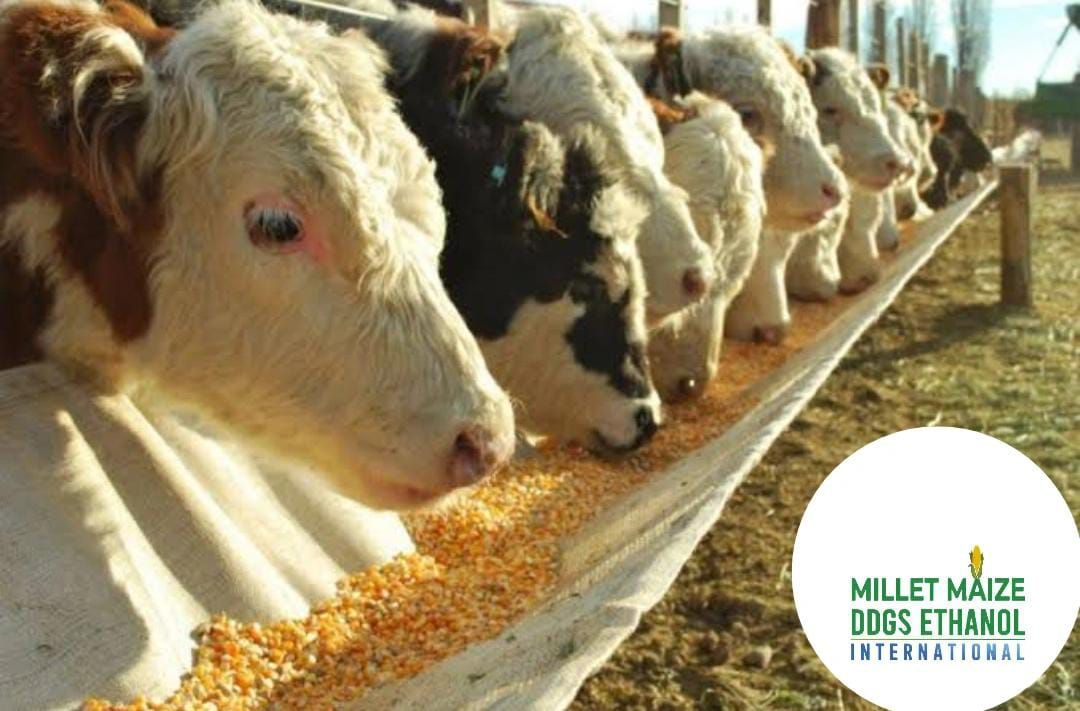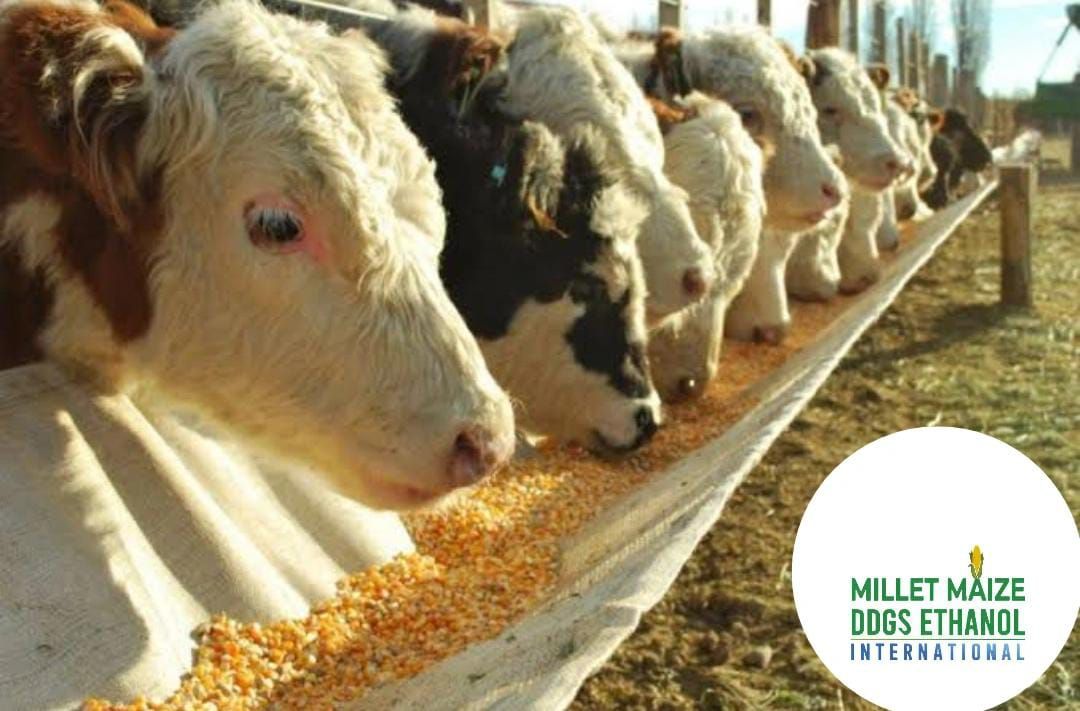mmdeinternational.com - 🇿🇦 Lower Maize Prices in South Africa 🌽 Benefit Consumers 🛒 and the Livestock Industry 🐄🐖

South Africa is currently experiencing a period of declining maize prices, offering welcome relief to households and to the livestock and poultry sectors that rely heavily on maize as feed.
📉 Price Trends & Market Dynamics
White maize spot prices are down by over 35% year‑on‑year, now trading around R 3,595 per tonne, while yellow maize has fallen more than 20% to roughly R 3,450 per tonne. This drop is largely driven by a very strong 2024‑25 maize harvest, with the Crop Estimates Committee forecasting a crop of 16.12 million tonnes — about 26% higher than the 2023‑24 yield. Because domestic supply exceeds the country’s annual maize requirement (roughly 12 million tonnes), South Africa is now in a surplus position and continues to be a net exporter. However, exports have been slower than anticipated so far: from May to September 2025, only about 650,897 tonnes were shipped, even though the full seasonal export forecast stands at 2.24 million tonnes.
🛒 Impacts on Consumers
Lower maize prices translate into reduced costs for maize meal and other staple food items, which is particularly critical in South Africa where many households depend on maize as a dietary staple. The improved supply situation helps ease pressure on food inflation, which has been under strain due to past droughts and tight stocks. That said, the gains may not be evenly felt immediately across all regions, given supply chain costs, milling margins, and transport factors.
🐄 Benefits to the Livestock & Poultry Industry
- For livestock and poultry producers, feed constitutes a major cost component. Lower maize and soybean prices help reduce input costs, improving margins.
- Global downward trends in grain prices have also helped local feed costs decline by about 15% from previous peaks.
- Still, non‑farm costs such as electricity shortages (“load shedding”), infrastructure constraints, and logistics challenges remain burdensome for producers.
⚠️ Risks & Watch‑Points
The export pace may accelerate later in the season, which could tighten domestic supply and lead to price reversals. Weather variability and the onset of El Niño patterns pose a risk to future yields and stability. Market participants will monitor whether domestic mills and retailers pass on the lower raw material costs to consumers, or retain margins.
